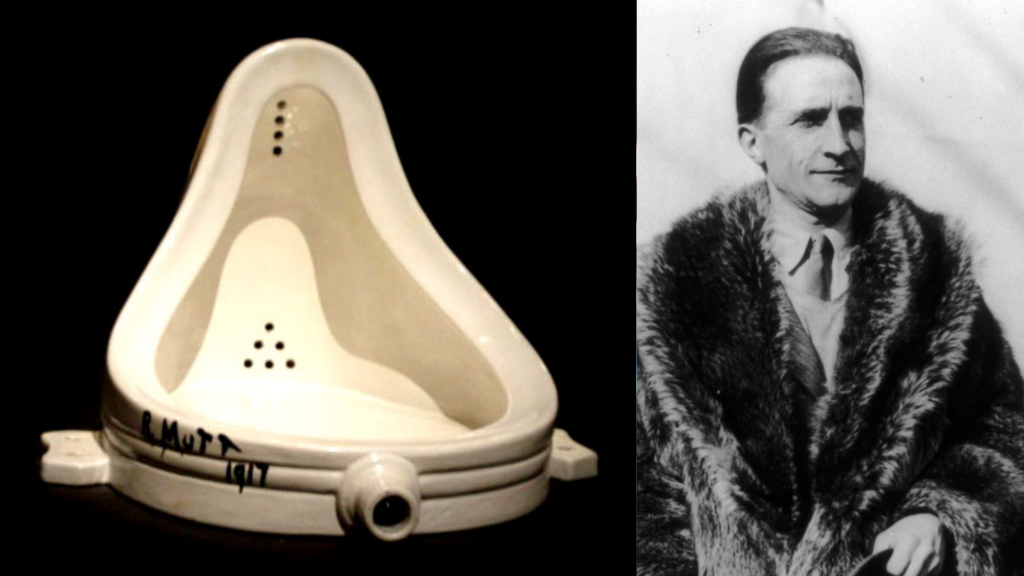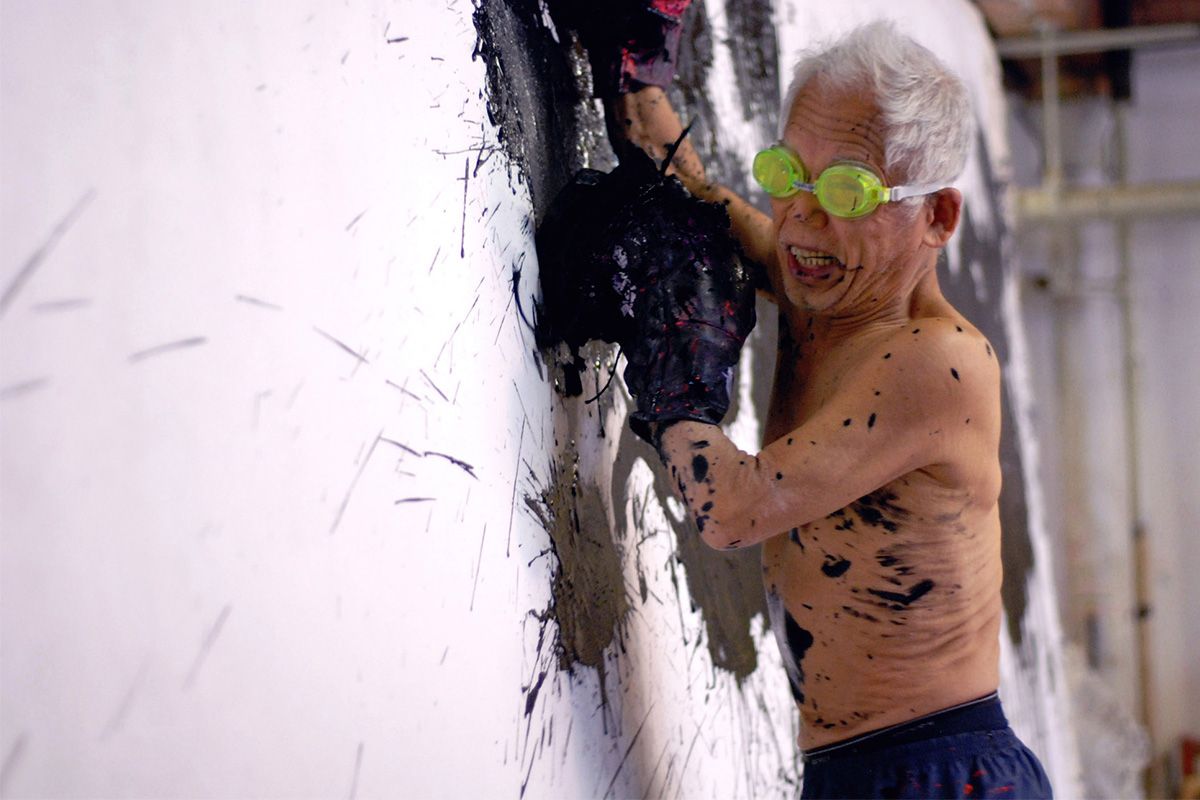Neo-Dada appeared in the late 1950s as an important turn away from Abstract Expressionism. This form of art, known for its whimsical and provocative attitude, intended to diminish the serious tone of its predecessor. Artists such as Robert Rauschenberg and Jasper Johns challenged traditional art forms, combining mediums and messages. They employed common things and mass media media imagery to soften the distinction between the real world and creativity. Neo-Dada was more than a style; it was a message, an assessment of the art community and society abroad. It paved the way for subsequent movements such as Pop Art and Minimalism, permanently altering the landscape of modern art. Neo-Dada artists used comedy and sarcasm to spark a discussion about the function and definition of art, allowing a larger audience to participate.
The Conceptual Foundation of Neo-Dada
Neo-Dada was founded on a profound disdain of the conventional art world and its standards to judge art. Neo-Dada artists moved away from Abstract Expressionism’s personal and spontaneous style. They favored a more thoughtful, academic approach to art. Their belief was that art should mirror modern life, shaped by mass media and consumer culture. This belief drove them to explore new materials and techniques. Their goal was to erase the line between art and everyday life.

The Role of Humor and Irony
The employment of humor and irony as instruments for critique and reflection was a distinguishing feature of anti-establishment art. By mixing common elements and popular iconography into their works, Neo-Dada artists attempted to simplify the process of creating art and call into question the purity of the art object. This method was not just a rejection of Abstract Expressionism‘s seriousness, but also a statement on the monetization of art and the media’s ubiquitous effect on contemporary society.

Incorporating Performance and Happenings
Performance art, occasionally referred to as “happenings,” became a defining feature of the NeoDada movement. These were unscripted performances with the spectators, breaking the line between artist and observer. Neo-Dada artists used events to stress the process of art-making and the value of the moment, distinguishing themselves from Abstract Expressionists’ polished, completed results.

The Influence of Marcel Duchamp
Marcel Duchamp, with ready-mades and mock for “retinal” art that attracted solely to the sight, was a crucial forerunner and influence on anti-establishment art. His examination of the concept of art prompted Neo-Dadaists to investigate the context of the art object as well as the artist’s position in society. Duchamp’s impact was clear in how Neo-Dada artists used his strategies of appropriation and re-contextualization to challenge traditional concepts of originality and authorship.

The Legacy of Neo-Dada
Neo-Dada had a widespread effect, setting the way for future styles such as Pop Art and Minimalism. NeoDada artists pushed the boundaries of what art might be, expanding the opportunities of artistic expression and establishing a lasting mark in the visual arts. Their experimental attitude and questioning of creative norms remain to influence artists today, demonstrating the movement’s enduring importance.
Neo-Dada’s Critique of the Art World
Neo-Dada also critiqued the art world’s institutional framework, which included galleries, museums, and the market. Neo-Dada artists aimed to increase access to art by carrying it to life and challenging the aristocratic nature of art consumption. This critique was consistent with larger cultural trends and increased distrust toward authoritarian systems.
Neo-Dada became apparent as a daring response to Abstract Expressionism, changing art’s limit’s with its witty humor and unconventional materials. It disrupted traditional art conceptions, having an eternal impact on the art world. By combining performance, common items, and popular iconography, it democratized art, rendering it more accessible and relevant. Anti-establishment art influence is evident, having paved the way for movements such as Pop Art and Minimalism. Its lasting impact remains to inspire artists, demonstrating its ongoing significance. Neo-Dada’s critique and creativity revolutionized our comprehension of art, demonstrating its ability to elicit thinking and change.







